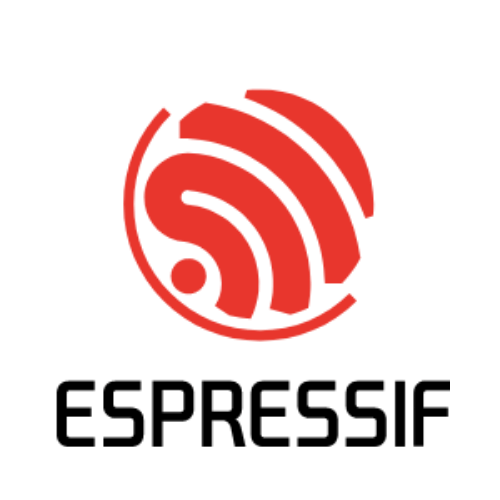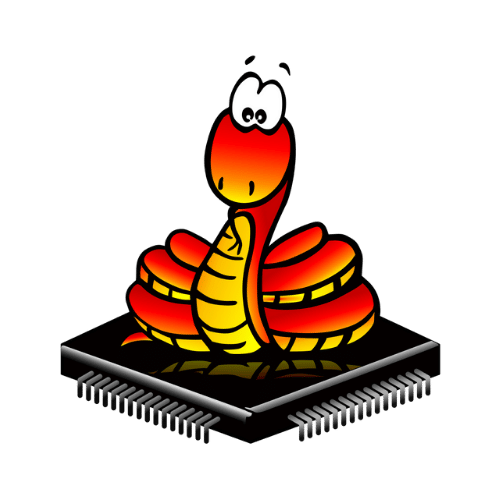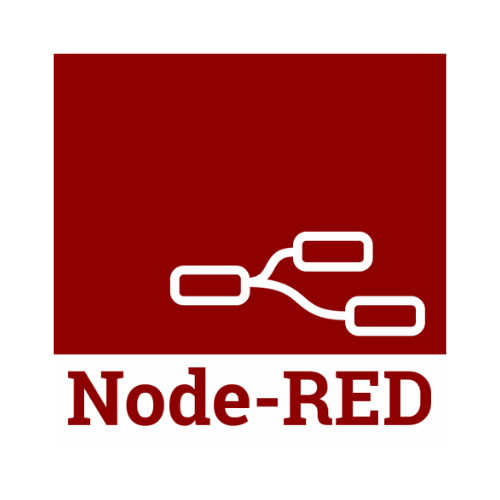
IoT Device Design and Prototyping
we provide creative solutions for your creative ideas.
Technology we work
Latest &
Relaible Technologies
Arduino IDE
A beginner-friendly development environment used to program Arduino boards and rapid IoT hardware prototypes.
PlatformIO
A powerful, cross-platform IoT development ecosystem supporting hundreds of boards, frameworks, and embedded toolchains.
Raspberry Pi OS + Terminal Tools
A full Linux environment for building, testing, and programming IoT devices using Python, Node.js, or C++.
Espressif ESP-IDF
The official framework for developing firmware for ESP32/ESP8266 chips used in Wi-Fi and Bluetooth IoT devices.
MicroPython
A lightweight implementation of Python designed for microcontrollers, enabling fast IoT firmware scripting.
Node-RED
A flow-based IoT programming tool for connecting devices, APIs, and cloud services visually with minimal coding.
Fritzing
A circuit design and PCB layout tool ideal for creating IoT schematics, wiring diagrams, and prototype boards.
KiCad
An open-source PCB design tool used to create professional IoT circuit boards and electronics systems.
Postman
An API testing tool used to validate cloud endpoints, IoT dashboards, and device-to-server communication.
Collaborate with our experts to brainstorm ideas, conceptualize designs, and define key features and functionalities for your IoT device.
1
Utilize cutting-edge design tools to create detailed schematics, CAD models, and PCB layouts for your IoT device.
2
Develop functional prototypes using rapid prototyping techniques and 3D printing technology to validate concepts and test functionalities.
3
Conduct rigorous testing and validation to ensure that prototypes meet specifications, performance requirements, and user expectations.
4

IoT Device Design and Prototyping
IoT Device Design and Prototyping are critical stages in IoT development, where ideas are transformed into tangible prototypes. At our company, we specialize in guiding businesses through the entire process, from concept design to prototype development, ensuring that their IoT ideas are realized efficiently and effectively.
FAQ's
IoT Device Design and Prototyping are important stages in IoT development as they enable businesses to validate their ideas, test functionalities, and identify design flaws or improvements before mass production.
The key steps in IoT Device Design and Prototyping include concept design, schematic and PCB layout, prototype development, testing, and validation.
IoT Device Design and Prototyping benefit businesses by reducing time-to-market, minimizing development costs, validating concepts, identifying design flaws early, and ensuring that the final product meets user requirements and expectations.
















